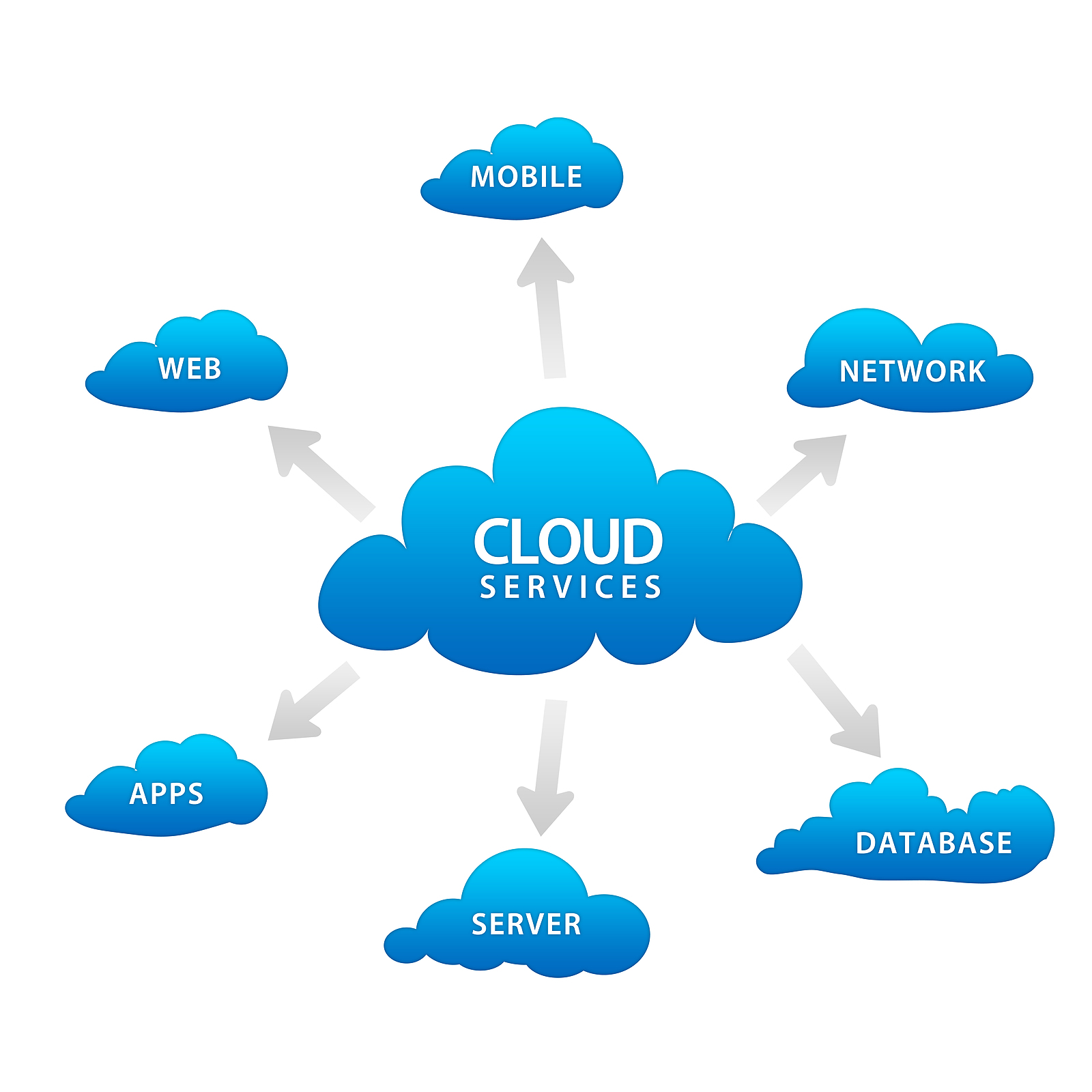Simplify Your Facilities With Cloud Services
As businesses navigate the ever-evolving landscape of modern technology and data management, the function of cloud solutions in streamlining framework has actually ended up being progressively famous. Just how can businesses successfully browse this change and truly unlock the potential of cloud services for simplifying their facilities?
Benefits of Cloud Solutions
Cloud services use a streamlined strategy to handling IT infrastructure, giving companies with cost-efficiency, scalability, and versatility. One of the crucial benefits of cloud services is the scalability they supply.
Additionally, cloud solutions get rid of the requirement for services to invest in expensive equipment and software program. This cost-efficiency is a considerable advantage, specifically for little to medium-sized enterprises aiming to lessen upfront prices. By utilizing cloud solutions, services can access top notch IT resources without the hefty rate tag linked with conventional infrastructure setups.
In addition, cloud services supply services with the versatility to access their information and applications from anywhere with an internet connection. This degree of accessibility enhances partnership among groups, allows remote job, and raises general productivity. The adaptability provided by cloud solutions empowers organizations to adapt promptly to changing market problems and consumer demands.
Price Savings and Scalability
Along with the operational benefits highlighted earlier, the combination of cloud services into a business's framework brings forth considerable cost financial savings and enhanced scalability. Cloud services offer a pay-as-you-go design, allowing companies to scale sources up or down based on current requirements, consequently avoiding the costs related to preserving excess capacity. This flexibility enables business to adjust rapidly to fluctuating needs without incurring unnecessary expenses.
Moreover, cloud solutions remove the requirement for upfront financial investments in software and hardware, reducing capital investment. Operating expenditures are also decreased as companies no more need to manage and maintain physical servers, bring about reduced energy usage and IT staffing prices. Furthermore, cloud services give automated updates and maintenance, ensuring that the facilities stays up-to-date and secure without requiring hand-operated treatments.
Improved Safety And Security Procedures
Implementing strict safety procedures is extremely important when incorporating cloud services into a company's infrastructure to make certain and secure sensitive data conformity with sector laws. Cloud solution carriers use improved safety attributes such as information file encryption, firewall software protection, and multi-factor authentication to reduce cybersecurity risks.
Moreover, normal security audits and conformity evaluations help guarantee and identify vulnerabilities adherence to market requirements. Business can additionally take advantage of attributes like automatic safety and security updates and real-time danger tracking offered by cloud provider. By prioritizing security procedures and staying positive in dealing with possible risks, organizations can confidently leverage cloud services while shielding their important information from unauthorized accessibility or breaches.
Transitioning to Cloud Framework
To successfully incorporate cloud services right into a business's infrastructure, an organized method that addresses the change towards cloud-based services is imperative. Transitioning to shadow facilities entails mindful preparation and implementation to make certain a smooth migration procedure. The very first step is to assess the existing facilities and identify which systems and applications are ideal for movement to the cloud. This assessment needs to think about elements such as data sensitivity, conformity needs, and performance needs.
As soon as the analysis is full, a movement approach should be developed. This strategy ought to describe the timeline, resources, and duties for relocating each component to the cloud. It is necessary to connect this plan plainly to all stakeholders to ensure alignment and minimize disturbances throughout the shift.
During the migration screening, procedure and tracking are essential to determine and deal with any problems quickly. Routine checkpoints ought to be established to track progression and make required adjustments. In addition, training for workers on using cloud solutions ought to be provided to guarantee a successful shift and make the most of the advantages of the new facilities.
Best Practices for Cloud Adoption
Successful fostering of cloud solutions rests on the tactical placement of service objectives with technical capabilities and business preparedness. To guarantee a smooth change to the cloud, organizations must start by carrying pop over to this web-site out a comprehensive analysis of their current infrastructure and recognizing which workloads are best fit for cloud migration. It is crucial to entail crucial stakeholders from different departments in the decision-making procedure to obtain buy-in and attend to any type of issues at an early stage.
An additional finest method for cloud adoption is to prioritize safety and compliance. Organizations should thoroughly evaluate the safety and security go to this web-site measures provided by cloud service providers and make certain that their data is safeguarded according to sector standards and regulative requirements. Carrying out durable data file encryption, access controls, and routine protection audits can aid mitigate risks connected with cloud fostering.

Conclusion

As organizations navigate the ever-evolving landscape of modern technology and data administration, the duty of cloud services in simplifying framework has ended up being significantly popular - Cloud Services. Just how can businesses successfully navigate this change and truly open the possibility of cloud services for streamlining their infrastructure?
Cloud solutions offer a streamlined strategy to managing IT framework, providing Recommended Reading companies with versatility, scalability, and cost-efficiency. By utilizing cloud services, companies can access high-grade IT resources without the hefty cost tag connected with standard framework setups.
To guarantee a smooth shift to the cloud, companies must begin by performing a thorough analysis of their existing framework and recognizing which workloads are best fit for cloud movement.
Comments on “Important Tips for LinkDaddy Cloud Services: Optimizing Your Universal Cloud Service Approach”